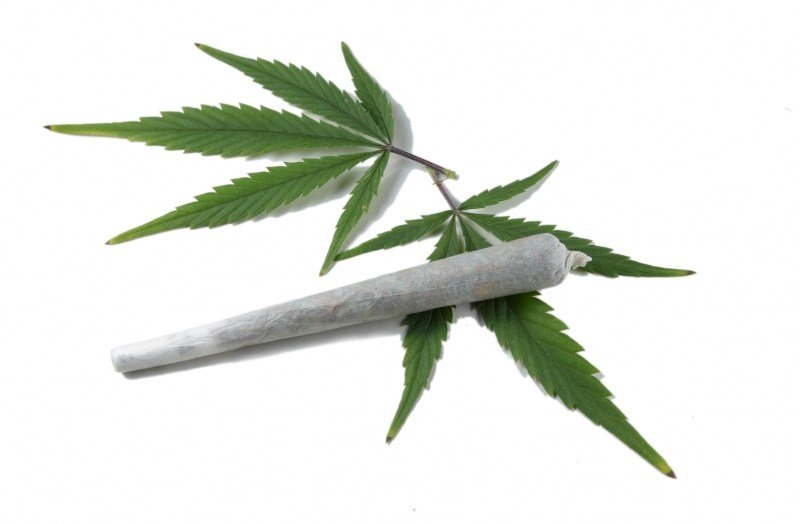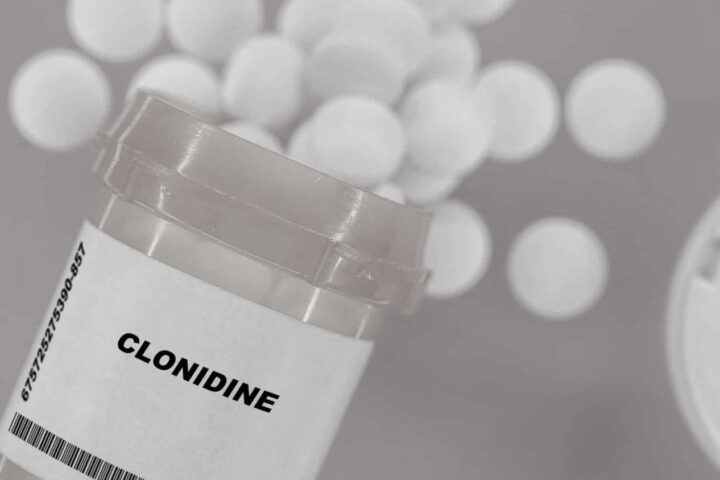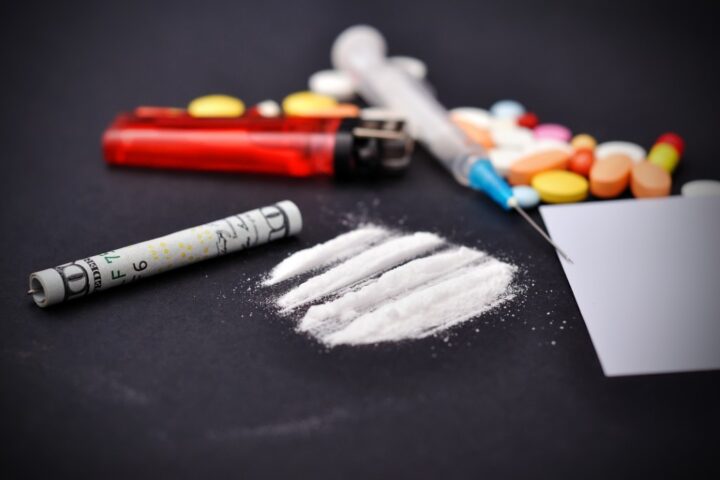Addiction Statistics
The drug problem in South Africa has been on a continual rise, especially in the last few years. Methaqualone (Quaaludes), cocaine, marijuana (known as dagga in South Africa), and heroin are all drugs that are becoming increasingly popular.
Dr. David Bayever from the government drug control organization, known as the CDA, is quoted saying, “The drug problem in South Africa remains very serious with drug usage being twice the world norm in most cases…and we are only dealing with what we know about…this is only the tip of the iceberg,”. Bayever says that at least 15% of South Africans have a drug problem; this number, however, is expected to rise. While some drugs are produced directly in South Africa, it is also a major transhipment hub for importing and exporting them.
New Environments Promote Drug Use
South Africa is located in the southernmost part of Africa and has a population of nearly 50 million people. By area, South Africa is one-eighth the size of the United States, just over one-third the size of the European Union, twice as big as France, and nearly four times the size of Germany. Over the past decade, South Africa has become a major country involved in international drug trafficking networks. Experts agree that it is becoming increasingly difficult to deal with the explosion of the drug trade.
There have been drastic political changes that have been accompanied by social transitioning, rapid modernization, high unemployment rates, and a decline in social, cultural, and family values. As a result, drug use has flourished, and new environments, such as nightclubs, that promote drug use have been created. These environments appear especially promising for adolescents and young adults looking for an escape. It is in these places that drugs look cool, and casual sex is acceptable. Unfortunately, these places are a haven for heavy drug abuse and diseases, such as HIV and AIDS.
A Closer Look: Most Abused Drug Statistics
Let’s take a closer look at the statistics of the most abused drugs in South Africa. Please note that these statistics are from the World Health Organization or WHO.
SA drug statistics
- Drug consumption in South Africa is twice the world norm.
- 15% of South Africa’s population has a drug problem.
- Drug abuse is costing South Africa R20 billion a year and could pose a bigger threat to the country’s future than the Aids pandemic.
- According to SAPS figures, 60 percent of crimes nationally were related to substance abuse. In the Western Cape, the figure was closer to 80 percent. The perpetrators of these crimes are either under the influence of substances or trying to secure money for their next fix.
- In 2004, the government disbanded the SA Narcotics Bureau (SANAB), a dedicated drug-fighting unit within the SAPS that had achieved some notable successes. Since its closure, drug-related crimes have increased exponentially – in fact by 30 percent.
- The recently released United Nations World Drug Report named South Africa as one of the drug capitals of the world.
- The abuse of alcohol and usage of dagga has led to the country being one of the top ten narcotics and alcohol abusers in the world.
- One Rand in four in circulation in SA is linked to the substance abuse problem. (CDA-Bayever)
- Drug arrests leapt from 300 in 2006 to 1500 in 2012 in Cape Town. (Times Live)
Global Drug Stats
- The illegal drug trade is a $3 billion global industry. (NatGeo: Drugs Inc, 2010)
Drug Type Statistics
Cigarettes
- Drug statistics show that 25 000 people die annually of smoking-related illnesses in SA, according to the Cancer Association of South Africa.
- 2,5 million workdays are lost in SA due to absenteeism due to tobacco-related illnesses.
- Worldwide, between 80,000 and 100,000 kids start smoking every day.
- Among young teens (aged 13 to 15), about one in five smoke worldwide.
Alcohol
- Alcohol is the primary drug of abuse in SA.
- It’s responsible for nearly half of all motor accidents.
- Over 30% of our population have an alcohol problem or are at risk of having one.
- Alcohol affects 17.5 million South Africans.
- Studies show that people who start drinking before the age of 15 are four times more likely to become alcoholics.
- 10 million South Africans who consume alcohol drank the equivalent of 196 six-packs of beer or 62 bottles of spirits, which is about 20.1 litres of pure alcohol each person per year.
- SA has an estimated 182,000 illegal shebeens.
- 122 out of every 1000 Grade 1 pupils in the Northern Cape town of De Aar have foetal alcohol syndrome – the highest incidence of the syndrome in one population anywhere in the world.
- 18-22 year olds are the group of heaviest alcohol abuse.
- 35% of High school kids are problem drinkers who drink at least 9 units of spirits, 1 liter of wine or 2 liters of beer.
- During the CDA study, 20% of 14-year-old boys and nearly half of 17-year-old boys drank in the previous month. Girls were a bit lower, with 18% of 14-year-olds and 35% of 17-year-olds in the same period. (CDA)
Dagga
- The use of dagga has increased by 20% in two years.
- In 2006, 2.52 million people used dagga, and this increased to 3.2 million in 2008. (CDA)
- South Africans use double the amount of Dagga than the average worldwide figure.
- South Africans spend over R3.5 billion annually on dagga.
- 1500 metric tons of Dagga is used annually.
- South Africans spend an estimated R3560 million on dagga per year.
Mandrax
- Mandrax (Methaqualone) South Africa is the largest user of Mandrax in the world.
Ecstacy
- SA produces approximately one ton of E per year.
- Almost 110,000 people use ecstasy and pay approximately R610 million in one year.
Cocaine
- The use of cocaine has increased by 20% in two years.
- In 2006 there were 250 000 South Africans who consumed cocaine worth about R1 430 million, this increased to 290 000 in 2008. (CDA)
- The number of South Africans in treatment for cocaine addiction increased from 1.5% in 1996 to 17.5%
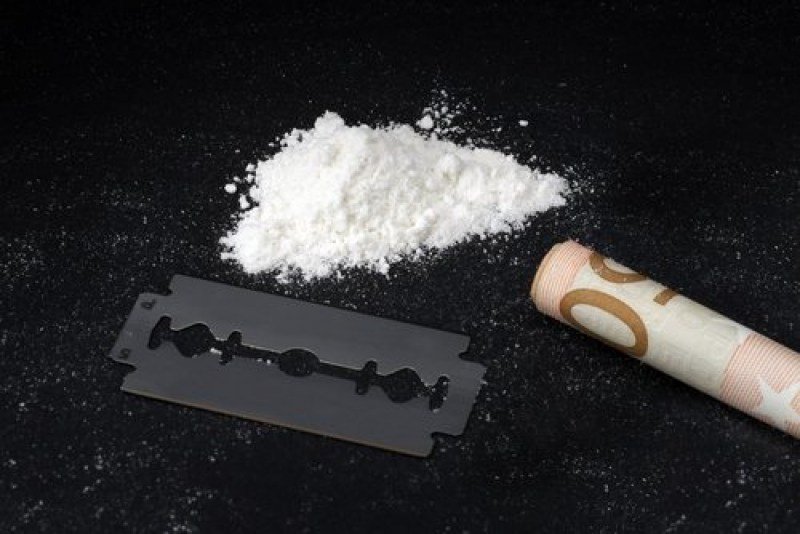
Crack
- Crack (Rocks) is the drug of choice amongst prostitutes. Some spend up to R30 000 per month. Selling their bodies to between 15 and 25 men per day to be able to finance their addiction.
Methamphetamine (Tik)
- Tik (methamphetamine) is the main drug of choice for 42% of Cape Town drug users.
- Global Meth trade supplies 51 000 000 users worldwide. (NatGeo: Drugs Inc, 2010)
- Worldwide profits of over $ 35 Billion are made from producing and distributing Meth. (NatGeo: Drugs Inc, 2010)
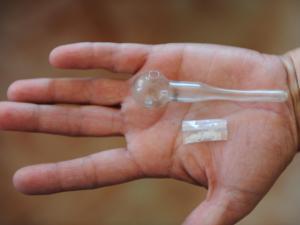
Heroin
- In 1996, one percent (1%) of South Africans were in treatment for heroin abuse, while in 2008, those in treatment for this addiction increased between 8 – 24%. (CDA)
- “Sugars”, a Heroin based drug that affects about 70 percent of households in the Durban south suburb Chatsworth.
- Nyaope, a mixture of dagga and heroin, is causing inestimable damage among Tshwane’s township youth.
- Other forms of Heroin are on the increase under names like “Plazana” and “Kwape.” This makes the path from Dagga to Heroin much easier.
- More female students than male are using heroin. (UNISA publication “Inspired” Vol 5 2009)
In one year, the percentage of users has doubled in South Africa, and it is now marketed specifically in townships. Prices have also come down, and it is far more affordable to lower-income groups.
Rise in Heroin (South Africa)…….

Rehabilitation
- Between 2% and 6% of those admitted to drug rehabilitation centres are hooked on prescription medications.
- “Most drug rehabilitation centres have a success rate of less than 3%.” (Prof. .Malaka / University of Limpopo).
- Get Support Here……
Teenagers
- School kids who use alcohol or drugs are 3 times more involved with violent crimes. (CDA)
- From 1992 – 95 the use of drugs among teenagers increased by 600%. That figure is still increasing and is now 1100%. (2007)
- The starting age of abuse is twelve and younger, and drug fealers are targeting schools. (CDA – Bayever 2009)
- Studies show that the average age of drug dependency in South Africa to be 12 years old, and dropping.
- One in two schoolchildren admits to having experimented with drugs.
- 1 in 2 kids in the average SA home addicted to drugs or alcohol, or run the risk of becoming. (Die Beeld, 05.03.2010)
- Children who have one alcoholic parent have a 60% chance of becoming one. This percentage rises to 80% if both parents are alcoholics. (Lig, 04.2008)
- 50% of Grade 11 learners admitted that they have used alcohol in the last year. (Lig, 4.2008)
- 31% of school learners drink socially. (CDA, 2008)
- 60% of Grade 8-11 learners in Cape schools that misuse alcohol had to repeat their grade. (CDA, 2008)
- By the age of 18 more than 60% of teenagers has become drunk. 30% had used school time or work time to drink. (The Lancet medical journal, 2009)
- In 2007 there was a clear increase in patients under 20 years, who came for treatment for dagga addiction. (MRC)
- A 2007 report said that Gauteng’s youngest drug dealer was a 8 year old boy from Douglasdale. (Gauteng Drug Awareness Team)
- 35% of High schools kids are problem drinkers who drink at least 9 units spirits, 1 liter wine or 2 liters of beer. (Rapport, 11.05.2008)
- In 2008 it was reported that 12 years before 2% of patients in rehab centers were under 20 years of age. In 2008 the number increased to 20%. Most were addicted to tik (meth), dagga and heroin. (MRC)
- According to research done in May 2008, 20% of 14 year old boys and nearly half of 17 year old boys drank in the previous month. Girls was a bit lower with 18% of 14 year olds and 35% of 17 year olds in the same period. (CDA)
Drug syndicates
- In 1995 there were approximately 125 drug syndicates in South Africa, now there are 438. (2007)
Related Statistics
- An increase in child-headed households from 701,000 in 2007 to 5.7 million was expected by 2015.
- SA ranks NO: 4 in the world for drug offence cases per 100 000 population – 53,810 per 100,000 people. (UN, 2002)
- Statistics in the Western Cape

